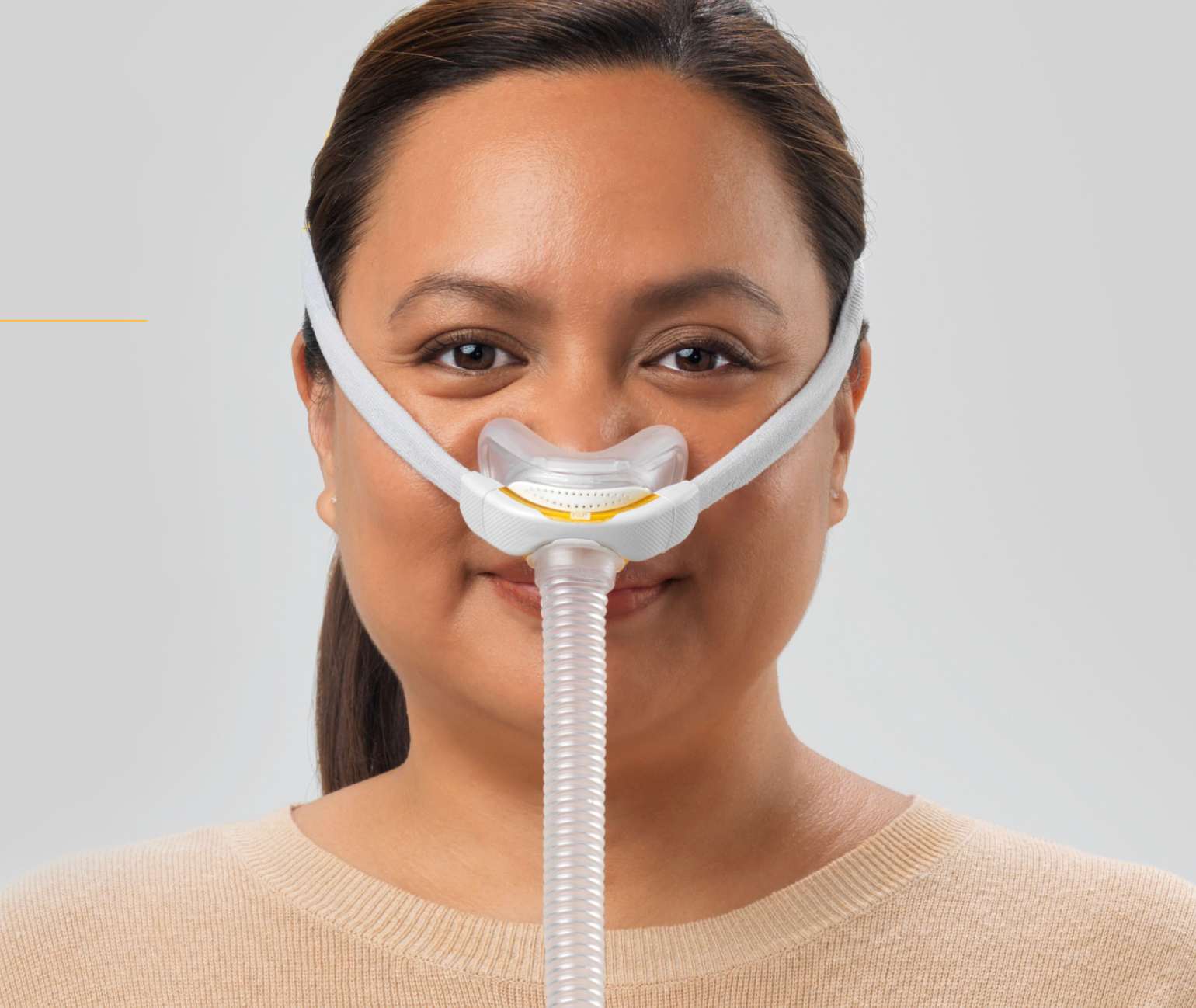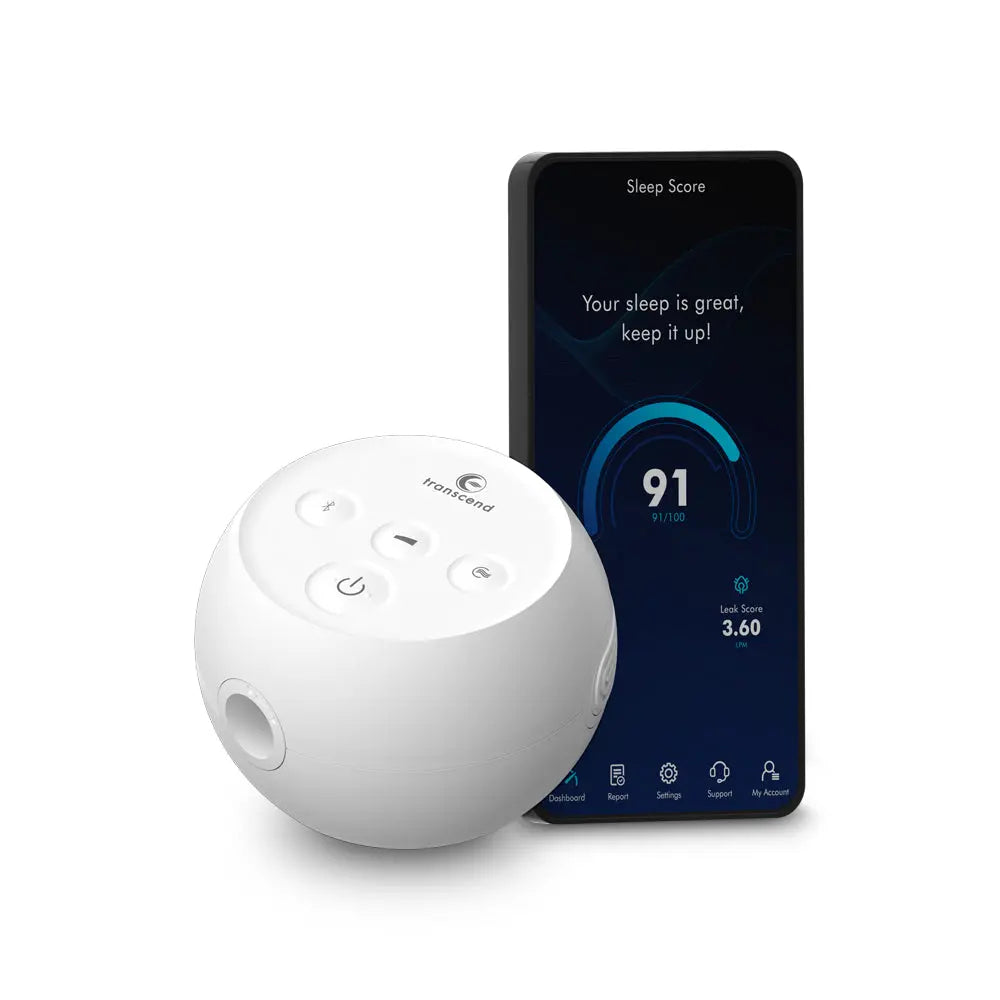Breaking Ground in Alzheimer’s Prevention: How Suvorexant, a Common Sleeping Pill, May Reduce Protein Buildup
Alzheimer’s disease (AD) is a progressive neurological condition that gradually impairs memory, reasoning, communication, and the ability to perform everyday tasks. It is the most common cause of dementia worldwide, affecting millions of people and placing an immense burden on families, caregivers, and healthcare systems.
Central to Alzheimer’s pathology is the accumulation of two proteins in the brain: beta-amyloid (forming plaques) and tau (forming tangles). Both disrupt normal neural functions, contributing to the cognitive and behavioral symptoms associated with the disease. Recent findings presented in ScienceAlert suggest that suvorexant, a commonly prescribed sleeping pill, might reduce the buildup of beta-amyloid. This discovery adds to the growing body of evidence linking sleep quality to cognitive decline and provides a potential new avenue for intervention.
In this in-depth exploration, we will delve into:
-
The basics of Alzheimer’s disease and its protein pathology
-
The critical role of sleep in maintaining brain health
-
Key details of the new study linking suvorexant to reduced beta-amyloid buildup
-
Broader implications for Alzheimer’s research and prevention
-
Practical guidance for healthcare consumers and patients
Understanding Alzheimer’s Disease
1. Prevalence and Impact
-
Global Burden: According to the World Health Organization, Alzheimer’s disease accounts for 60–70% of all dementia cases. It is a major cause of disability in older populations worldwide.
-
Progressive Nature: AD symptoms often start subtly—such as occasional forgetfulness—then escalate to severe cognitive impairment over time. Advanced stages can include profound memory loss, confusion, mood swings, and difficulty with simple tasks.
-
Socioeconomic Consequences: The caregiving needs and medical expenses related to Alzheimer’s place enormous financial pressures on families and healthcare systems. With life expectancies rising, these costs and challenges are expected to grow.
2. The Protein Pathology
-
Beta-Amyloid Plaques: These sticky clumps of protein tend to accumulate in the spaces between nerve cells, interfering with normal cell-to-cell communication.
-
Tau Tangles: Found inside neurons, tau tangles disrupt the cell’s transport system, ultimately contributing to neuronal death.
-
Neurodegeneration: As these abnormal proteins proliferate, they lead to widespread brain shrinkage, particularly in areas responsible for memory (like the hippocampus), culminating in the loss of cognitive and functional abilities.
The Critical Role of Sleep in Alzheimer’s Disease
1. Glymphatic System and Waste Clearance
The brain’s glymphatic system plays a pivotal part in clearing metabolic waste, including beta-amyloid and tau. This system is most active during deep sleep, when cerebrospinal fluid (CSF) is better able to flush out toxins from the brain.
-
Deep Sleep and Cleaning Cycles: During non-REM deep sleep, neurons shrink slightly, allowing CSF to flow more freely through brain tissue. This process helps sweep away waste byproducts such as beta-amyloid.
-
Impaired Sleep, Greater Risk: Chronic sleep deprivation or fragmented sleep can diminish this clearance mechanism, leading to an accumulation of harmful proteins over time.
2. Circadian Rhythms and Brain Health
Disruption of circadian rhythms—the internal “clock” regulating sleep-wake cycles—can also elevate the risk of cognitive impairment. When circadian rhythms are misaligned (through shift work, jet lag, or poor sleep habits), the body’s ability to regulate hormonal release, temperature, and metabolism falters, potentially accelerating neurodegenerative processes.
3. Sleep Disorders in Alzheimer’s Patients
People with Alzheimer’s commonly experience sleep disturbances such as insomnia, sundowning (increased confusion and agitation in the late afternoon/evening), and frequent nighttime awakenings. These disturbances form a vicious cycle: Alzheimer’s pathology worsens sleep quality, and poor sleep further accelerates protein buildup.
The New Study: Suvorexant’s Surprising Effect
1. Overview of the Research
-
Key Finding: As reported by ScienceAlert, suvorexant, a widely used sleeping medication, showed promise in reducing the overnight buildup of beta-amyloid in a small pilot study.
-
Study Design: Participants took suvorexant for a brief period, and researchers measured changes in their beta-amyloid levels. The study sample was small, but the preliminary findings were encouraging enough to warrant further investigation.
2. Mechanisms of Action
Suvorexant works by blocking orexin receptors. Orexin is a neuropeptide that regulates wakefulness. By inhibiting orexin activity, suvorexant promotes sleep, particularly the restorative deep sleep associated with glymphatic system activation. This improved sleep may enhance the brain’s ability to clear beta-amyloid.
-
Enhanced Deep Sleep: Suvorexant may extend and improve non-REM sleep phases, when the glymphatic system is most active.
-
Modulating Wakefulness: Reducing orexin activity could indirectly limit neurotoxic processes linked to beta-amyloid aggregation.
3. Limitations
-
Small Sample Size: As with most pilot studies, the number of participants was limited, making it challenging to generalize the results to larger populations.
-
Short Duration: Alzheimer’s disease develops over years or decades; a few days or weeks of treatment can’t capture long-term effects.
-
Variability Among Individuals: Different people respond to medications differently based on genetic, physiological, and lifestyle factors.
-
Safety and Side Effects: While suvorexant is generally well-tolerated, sleeping pills can cause side effects such as next-day drowsiness or dependency risks.
Why This Matters: Implications for Alzheimer’s Research
1. A Possible Preventive or Adjunct Therapy
If subsequent larger and longer-term studies confirm these findings, suvorexant could join a growing list of preventative strategies. It might be especially useful for individuals at higher risk due to genetics (e.g., APOE ε4) or family history.
2. Sleep as a Modifiable Risk Factor
Many risk factors for Alzheimer’s, such as genetics or age, are not modifiable. Sleep quality, on the other hand, can often be improved by better habits, targeted interventions, or medications like suvorexant.
3. Interdisciplinary Collaboration
Neurologists, sleep specialists, and geriatricians could collaborate on designing studies that assess suvorexant’s efficacy in preventing or delaying Alzheimer’s. This could pave the way for:
-
Precision Medicine: Tailoring suvorexant or similar medications to individual genetic profiles.
-
Combination Therapies: Exploring how sleep pills might work alongside other treatments (like anti-amyloid antibodies or lifestyle interventions).
Practical Guidance for Individuals and Caregivers
-
Consult Health Professionals
-
Speak with a physician before making any changes to medications.
-
-
Adopt Good Sleep Hygiene
-
Regular Schedule: Maintain consistent bedtimes and wake times.
-
Screen-Free Time: Reduce blue light exposure before bed.
-
-
Explore Non-Pharmacological Options
-
Techniques like yoga, meditation, or Cognitive Behavioral Therapy for Insomnia (CBT-I) can improve sleep.
-
-
Monitor Cognitive Health
-
Engage in routine screenings, regular exercise, and social activities to reduce Alzheimer’s risk.
-
Conclusion
The discovery that suvorexant may help clear beta-amyloid underscores how integral sleep is to brain health. While these findings need validation in larger trials, they serve as a reminder that nurturing good sleep habits isn’t a luxury—it’s an essential strategy for preventing neurodegenerative diseases.
Bibliography
-
Brown, G. (2023). A Common Sleeping Pill May Reduce the Buildup of Alzheimer’s Proteins, Study Finds.ScienceAlert.
-
Xie, L., et al. (2013). Sleep drives metabolite clearance from the adult brain. Science.
-
U.S. National Institute on Aging. (2022). What Happens to the Brain in Alzheimer’s Disease?








Leave a comment
This site is protected by hCaptcha and the hCaptcha Privacy Policy and Terms of Service apply.